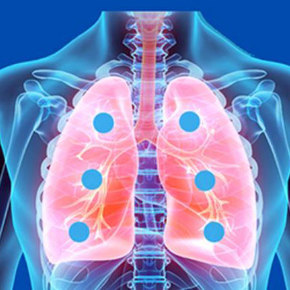Farming by AI Powered Robots

New Agritech from UK Provides Massive Data at the Crop Level Autonomous Robots on the Farm A new robot powered by artificial intelligence autonomously collects massive amounts of data on crops. It's called Mamut and was just developed by Cambridge Consultants in the UK. Crop data is routinely collected by aerial drones. The flying drones can miss produce hidden under leaves or trees. The Mamut works on the ground to provide a more complete look. It's designed for farms, including massive industrial farms, orchards and vineyards. Mamut The 4-wheeled autonomous robot is loaded with sensors and AI to gather crop health and yield data as it roams the fields. It integrates stereo cameras, LIDAR, a compass, an inertial measurement unit (IMU) and wheel odometers. The onboard AI integrates all the sensor data inputs. The system provides the farmer easy access to the data to maximize production. No GPS The autonomous robot doesn't use GPS but depends on its own p











